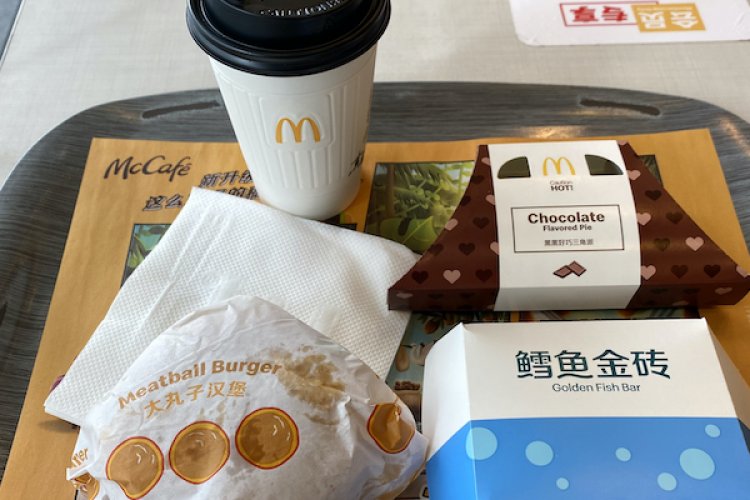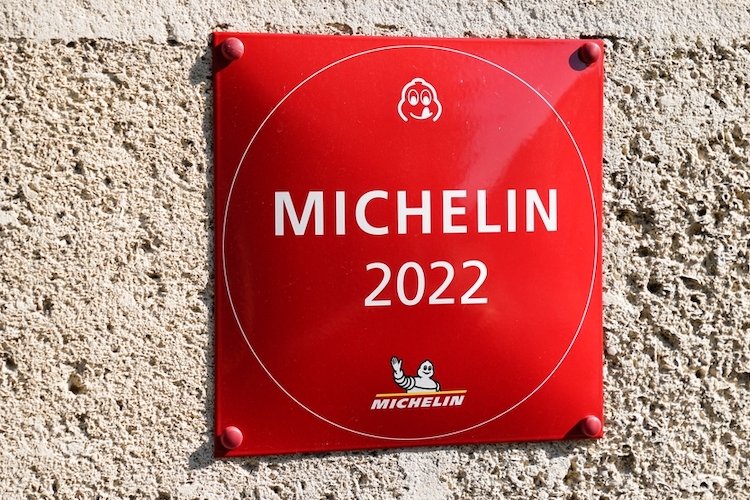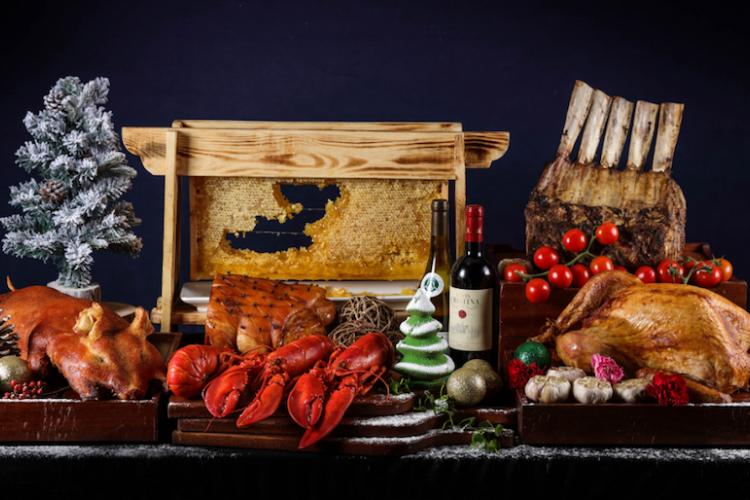Challenge Your Taste Buds With Beijing's Top 10 Most Unusual Foods
Have you ever told someone outside of China that you live in Beijing, only to have them exclaim “Oh my god! Have you eaten all those bugs and scorpions on sticks?” They’re referring, of course, to Wangfujing Snack Street, whose bizarre offerings have been made famous by programs such as Andrew Zimmern’s “Bizarre Foods.”
Now, we smart Beijing diners know that these scary skewers are just for the tourists but that’s not to say that dining in Beijing is all wine and roses; there are plenty of pretty unusual dishes and ingredients out there too. Inspired by a recent post on the Beijing subreddit, we decided to put together a list of the unusual ingredients that actually do appear on the menus of Beijing restaurants.
We hesitate to call any of these dishes “weird,” since people enjoy many of them on a regular basis, and who are we to decide what is "normal" and what isn't. What we can admit is that these dishes are a little more challenging than a plate of kungpao chicken.

1. Stinky tofu (臭豆腐)
You’ll smell this one way before you see it. Stinky tofu is a type of fermented tofu that is popular at night markets and snack stands. Preparation methods vary widely but traditionally it involves soaking pieces of tofu in a brine made from fermented milk and dried vegetables and meat. The tofu can then be eaten cold, steamed or, most commonly, deep fried. Definitely a hard one to stomach, if you do try it you’ll find that the taste isn't as strong as the smell – sort of like blue cheese but without the sour aftertaste.
Guozu Choudoufu
Daily 9.30am-9.30pm. Shengxi 8 Shopping Center, Xueqing Lu, Haidian District (185 1077 7428)
国足臭豆腐:海淀区学清路圣熙8号
2. Pig brains (猪脑)
Pig brains are a popular addition to hot pot, especially the hot and spicy Sichuan variety. Brains have a mild creamy taste somewhat akin to silken tofu and we find that a quick dip in spicy hot pot takes the edge off the slightly bloody, meaty flavor. As with any offal, brains must be fresh and carefully prepared, so only eat them at a place you trust.
Chilli Plus
Daily 10am-2am. 4/F, Topwin Center, 1 Nan Sanlitun Lu, Chaoyang District (5642 1001)
添辣火锅:朝阳区南三里屯路1号通盈中心4层

3. Boiled tripe (爆肚)
Tripe is hardly unique to Beijing but Beijingers are proud of the city’s own version, baodu, or quick boiled tripe slices dipped in sesame paste. This particular cooking method doesn’t exactly make the tripe tender but that “unchewableness” is exactly what makes it so popular. Baodufeng, which has been in business for over 100 years, serves up more varieties of tripe than you probably thought possible, alongside a tasty sesame paste sauce that they grind themselves.
Baodufeng
18 Dazhalan Jie, Xicheng District (139 1164 3067)
爆肚冯:西城区大栅栏街18号
4. Rabbit heads (兔头)
They’re a specialty of Chengdu and used to be abundantly available as snacks on street corners around Beijing. While they’ve disappeared from the streets, seeking out a gruesome but delicious tête-à-tête with Beijing’s rabbits is well worth your while. We like the rabbit heads at Lao Jie Tu (老街兔), where rabbit heads stewed either with five-spice or chili and Sichuan pepper are RMB 8 each. Each table has handy diagrams depicting the optimal method for efficient cranial deconstruction, leaving you in no doubt as to how to attack with grace and dignity.
Shuangliu Laoma Rabbit Heads
Daily 11am-11pm. 48 Dongsanhuan Nanlu, Chaoyang District (6540 5858)
双流老妈兔头:朝阳区东三环南路48号

5. Madoufu (麻豆腐)
Beijing’s answer to hummus, madoufu is made from the fermented mung bean residue left by the production of douzhi. Traditionally, the mung bean paste is stir-fried in lamb fat to remove some of the moisture and then topped with dried chilies (today, vegetarians can find versions stir-fried in vegetable oil). The sour, blue cheese-like taste takes some getting used to, but we find this is one “weird” dish we can definitely get on board with.
Xianlaoman
Daily 11am-9.30pm. 252 Andingmen Neidajie, Dongcheng District (6404 6944)
馅老满:东城区安定门内大街252号
6. Duck blood tofu (鸭血豆腐)
Blood doesn’t escape the Chinese preference for nose to tail eating. While steamed cakes made of pig’s blood and rice are popular in southern China, in Beijing you’re more likely to come across duck blood tofu, a dish of lightly congealed duck blood with a texture like (unsurprisingly) soft tofu. Like pigs brains, duck blood tofu is a popular addition to hot pot and is the star of the popular Nanjing-style dish, duck blood noodles with vermicelli.
Yijiaren Hot Pot
301, 3/F, China View, Gongti Donglu, Chaoyang District (6777 7456)
成都一家人火锅:朝阳区工体东路中国红街3号楼301室
7. Insects (虫子)
Apart from the silkworm cocoon kebabs you’ll see on the stalls in Wangfujing, insects aren’t exactly a major part of the Chinese diet. However, they do appear in the cuisine of the southwestern Chinese province of Yunnan, where crickets, wasp larvae, bee pupae, and more are considered a delicacy. We’ve tried the fried bee pupae and while they’re not as off-putting as you’d think, with an almost sweet taste, we struggle to get on board with crispier preparations such as crickets and beetles. You’ll find bee pupae on the menu at most Yunnan restaurants.
Aimo Town
Daily 11am-9pm. 46 Fangjia Hutong, Dongcheng District (6400 1725)
埃蒙小镇:东城区方家胡同46号

8. Lamb spine (羊蝎子)
Lamb spine is usually served braised in hot pot, which is literally called “lamb scorpion” in Chinese as the dish is said to bear passing resemblance to a scorpion. While it looks imposing, this is actually one of least “weird” dishes on this list. As with any dish cooked with the bones intact, the broth is deep in flavor and the meat that is still attached to the spine is tender, similar to braised ribs. True carnivores can break open the bones to get to the rich bone marrow.
Lao Cheng Yi Guo (Wangfujing branch)
Daily 24 hrs. 101 Baofang Hutong, Dongcheng District (6526 7288)
老诚一锅:东城区报房胡同101号
9. Douzhi (豆汁)
One of the most traditional Beijing breakfast items, douzhi (literally “bean juice”) is a drink made from fermented mung bean lees, a byproduct of the production of mung bean noodles. It has a sour, distinctive taste, which many describe as faintly eggy. It is believed to have health-giving properties. Douzhi is often served with jiaoquan, crispy circles of fried dough, on the side for dipping. Try douzhi, along with many other traditional Beijing dishes, at Huguosi Snack Shop west of Houhai Lake.
Huguosi Snack Shop
Daily 5.30am-9pm. 93 Huguosi Dajie, Xicheng District (8328 1700)
西城区护国寺大街93号

10. Donkey meat (驴肉)
“In Heaven there is dragon meat, on Earth there is donkey meat.” So our neighbors in Hebei would have us believe, anyway. Food of the gods or not, donkey meat is surprisingly delicious. The best way to eat this meat is as a “donkey burger” (驴肉火烧), which features braised donkey meat stuffed inside a flaky, freshly baked bread pocket, finished with a sprinkle of fresh green peppers. Many of the people who we’ve introduced donkey meat to say it reminds them of corned beef.
Wang Pangzi
Daily 24 hrs. 80 Gulou Xidajie, Dongcheng District (8402 3077)
东城区鼓楼西大街80号
More stories by this author here.
Instagram: @gongbaobeijing
Twitter: @gongbaobeijing
Weibo: @宫保北京
Photos: Wikimedia, Charles Haynes (Flickr), roevin Urban Capture (Flickr), Josephine Lim (Flickr), danpeng1 (Flickr)
Related stories :
Comments
New comments are displayed first.Comments
![]() Kyle Mullin
Submitted by Guest on Fri, 05/05/2017 - 14:16 Permalink
Kyle Mullin
Submitted by Guest on Fri, 05/05/2017 - 14:16 Permalink
Re: Challenge Your Taste Buds With Beijing's Top 10 Most...
Apparently rabbit's brains are almost as big of a fixture here as pig's brains
Validate your mobile phone number to post comments.








